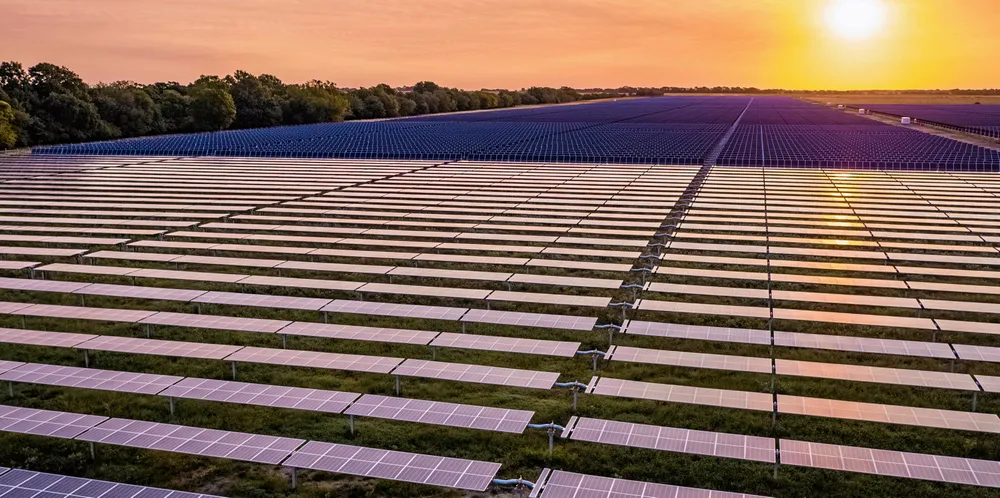Sun king solar leaves wind and gas in dust with almost 90% of new US grid power
Sector benefits from cheap imports and strong demand, and dominates forecast new capacity build over next three years

Grid-scale solar accounted for a commanding 87% of 7.5GW of electric power capacity installed by the US in the first quarter, highlighting its emergence as the firm leader among energy technologies, according to latest numbers from the Federal Energy Regulatory Commission (FERC).
Solar additions totaled 6.5GW, wind 928MW, natural gas 49MW, and other technologies the remaining 12MW.
Solar Partners XI’s 690MW Gemini in Nevada was the largest single project that entered commercial operation in the quarter, while Florida Power & Light (FPL) brought 10, 74.5MW arrays into service for a cumulative 745MW.
FPL, the state’s leading utility, is a subsidiary of NextEra Energy, the largest developer and generator of solar and wind energy outside of China.
Solar continues to benefit from strong corporate and utility demand, fewer supply chain bottlenecks for cells and modules, most of which are Chinese branded and imported from Southeast Asia, and greater access to lucrative federal tax credits.
Project developers have been stockpiling product from that region in anticipation President Joe Biden’s administration will lift a two-year tariff moratorium on 6 June, which he imposed to give the industry here more time to develop domestic supply capacity.
The administration has found that some leading Chinese suppliers are avoiding US tariffs by shipping cells and modules through certain Southeast Asian nations, potentially exposing them to retroactive levies when the ban ends.
Whether that will occur remains uncertain amid a flood of cheap Chinese cells and panels in global markets, which could potentially undermine efforts by President Joe Biden’s administration to develop a self-sufficient domestic solar supply chain.
Grid-scale developers and installers favour importation of cheap products from those origins as they keep the cost of projects and solar energy down.
In the opposite camp are US manufacturers led by First Solar that are investing heavily here to expand production capacity while they compete with certain Chinese-branded cells and modules alleged to be unfairly subsidised.
Earlier this month, Biden unilaterally raised US tariffs from 25% to 50% on Chinese-origin cells and panels. The move was largely symbolic as less than 1% of those products installed here come from China.
FERC, citing data from Hitachi Energy’s Velocity Suite, estimates that in the three-year period from April this year through March 2027, there is a “high probability” the US will install 129.3GW of new power capacity.
This will include solar (89.1GW), wind (24.6GW), natural gas (13.2GW), with the balance a mix of biomass, geothermal, hydro, nuclear, and other technologies.
"FERC’s data for the first quarter seem to confirm forecasts by multiple sources that solar will dominate new capacity additions in 2024," said Ken Bossong, executive director of SUN DAY Campaign, a non-profit research and education group. “And it is not unreasonable to suggest that solar’s growth this year will exceed expectations."
On 31 March, the US had 1.29TW of available installed power generation capacity led by natural gas with 564.3GW, coal (204.5GW), wind (151.7GW), solar (106.3GW), nuclear (103.3GW), hydro (101.5GW), and the balance largely fuel oil and biomass.
(Copyright)